As concerns about sustainability, especially in the diamond industry, continue to grow, many consumers are looking for more environmentally-friendly options when it comes to purchasing jewelry. Fortunately, lab grown diamonds have emerged as an environmentally sustainable alternative to mined diamonds. Plus they are exactly the same optically, physically and chemically! The fact that they are generally cost 70-80% less than mined diamonds only adds to their appeal!
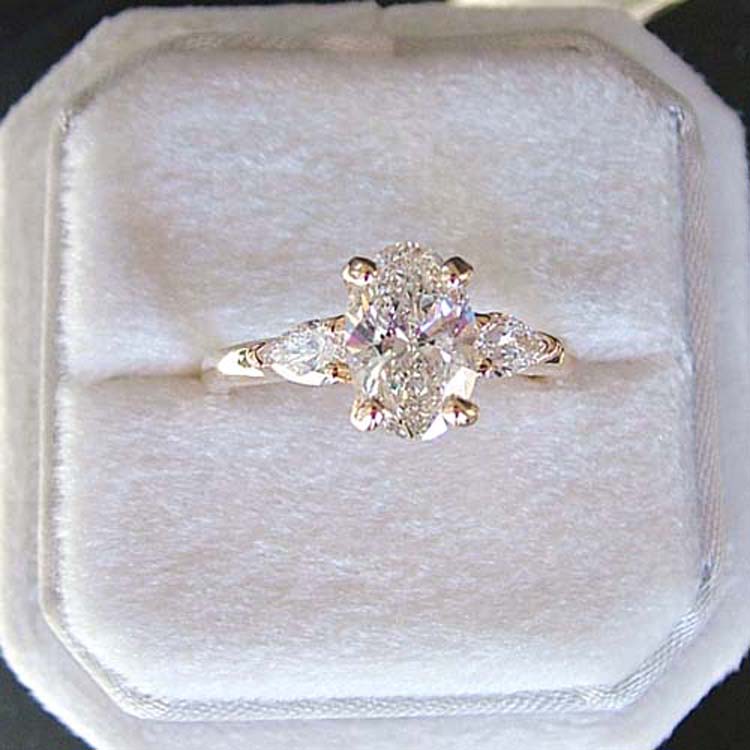
Environmental Impact Of Mining Diamonds
There are several methods used to mine diamonds, each with their own brand of harmful environmental impact. Generally, diamonds are mined through primary deposits using two main methods: open-pit mining and underground mining. And recently, marine mining has become more common.
On average, diamond mining companies move 250 tons of earth per carat of mined diamond. Moving so much material requires substantial amounts of energy, which usually comes from fossil fuels. Their use releases carbon and other greenhouse gases into the atmosphere. In addition, maintaining these expansive facilities also requires energy.
Diamond Mining Methods
- Open-pit diamond mining entails digging large pits, up to hundreds of meters deep. This process not only removes millions of years worth of sediments, but also disrupts wildlife. The process displaces hundreds of acres of earth and devastates the natural environment, while disrupting fragile ecosystems.
- Underground mining is used when an open-pit mine has been depleted or when the diamonds are located too deep below the surface to reach via an open pit. This process costs far more than open-pit mining, and is especially damaging to the environment.
- Marine diamond mining is the process of using dredges to remove sediment from the ocean floor. After scouting the location, large vessels essentially “rack” the ocean. The sediment is then sorted on the ship, where the diamonds are removed and the excess sediment is then returned to the ocean floor. This method is extremely harmful to fragile, oceanic ecosystems.
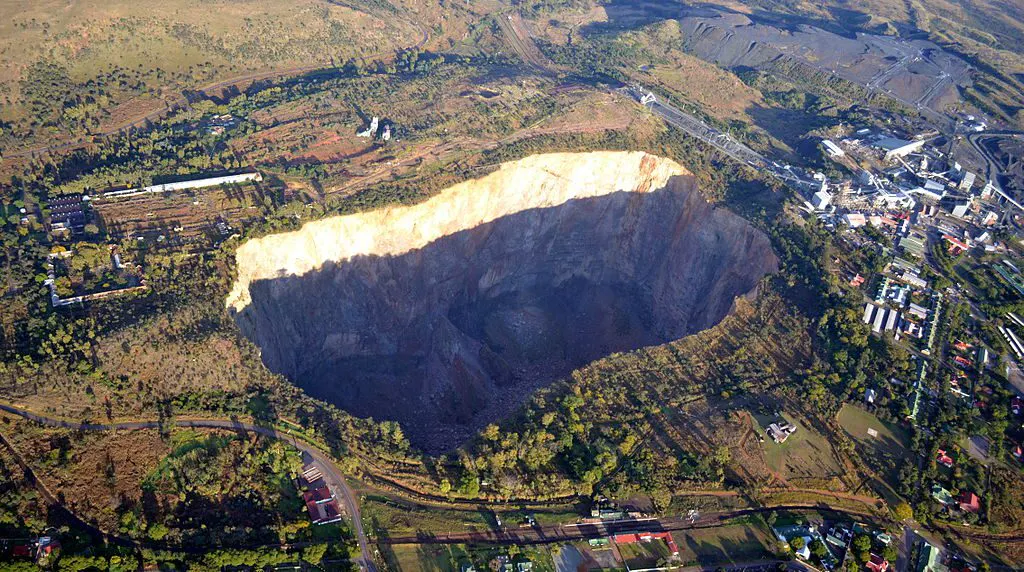
Besides the environment impacts, there are also human rights violations, including child labor, that have been associated with the mined diamond industry. Miners’ pay is often nearly negligible – for both children and adults. For example, nearly a million African diamond miners make a wage of less than $1 per day.
Lab Grown Diamonds: Growing Methods
There are two main lab grown diamond production methods: high pressure/high temperature process (HPHT) and chemical vapor deposition (CVD). Both methods are commonly used, but CVD is more popular for producing gem-quality diamonds for jewelry, while HPHT is used more often to create synthetic diamonds for industrial use.
- HPHT was started in the 1950s and was the first method developed for diamond synthesis. It involves placing into a press, a capsule containing a mixture of carbon starting material, metal flux, and a small diamond seed. The capsule is then heated to high temperatures (1,300º to 1,600º C) and pressed to pressures up to 59,200 atm. This dissolves the mixture and it then crystallize around the diamond seed, forming a lab-grown diamond. This process can take a few hours or a few weeks, depending on the size and quality of the stones.
- The CVD process starts with filling a chamber with a mixture of carbon, hydrogen and oxygen. Next, a thin sliver of diamond seed or graphite is placed in the chamber and it’s heated to temperatures of 800º to 900º C. This then begins to crystalize into a diamond. CVD can take from days and weeks, depending on the desired size and quality of the stones. However, dozens of stones can be grown at the same time.
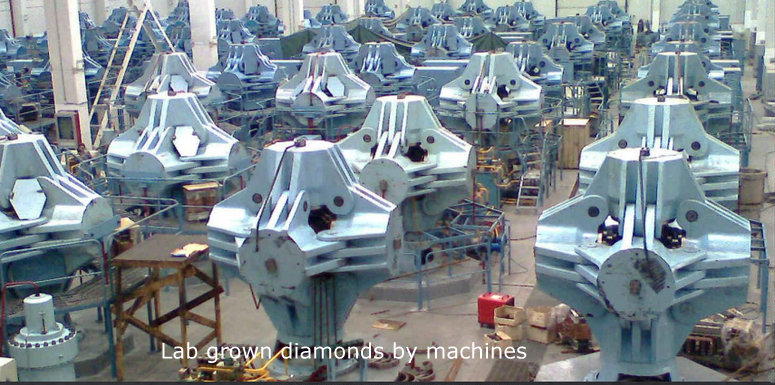
Environmental Impacts Of Lab Grown Diamonds
Producing diamonds in a lab is less damaging to ecosystems, wildlife, and human populations than mining diamonds. Opting for a lab grown diamond engagement ring or other diamond jewelry, will help alleviate the environmental harm diamond mining creates.
Although lab diamonds don’t require the same disruptive mining techniques, they do require energy. Sustainable lab growers (which are the companies that Scott’s uses, btw!) are turning to solar power in their manufacturing to help reduce their carbon footprint even more.
Are Lab Grown Diamonds Real?
As Forbes Magazine recently reported, “A diamond is a diamond no matter whether it is grown in a lab or comes out of the ground.”
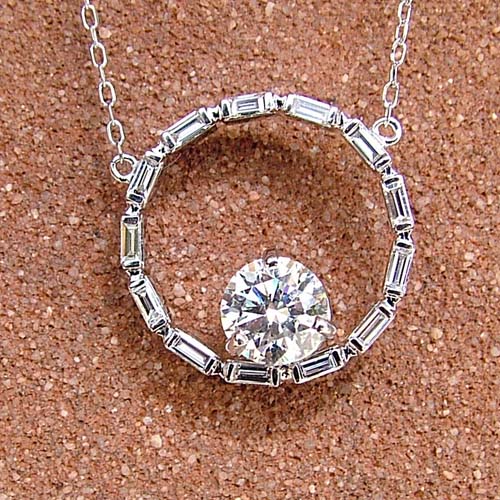
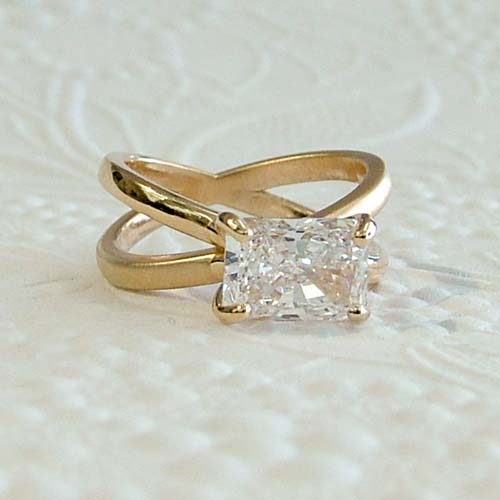
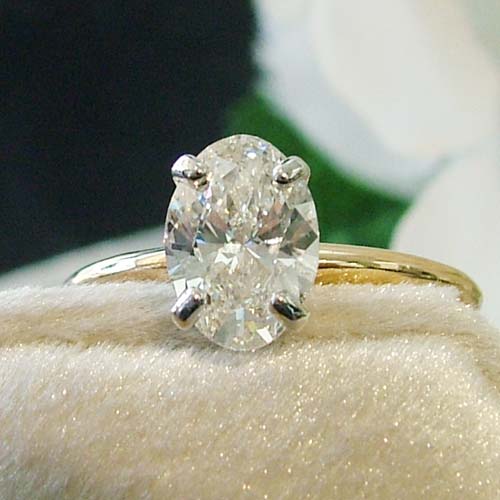
So, are lab grown diamonds reals? Both mined and lab grown diamonds are made of carbon crystalized in the isometric system with a hardness of 10 on the mohs scale, with a specific gravity of 3.52 and a refractive index of 2.42. So yes – they are exactly the same!
Lab Grown vs Natural Diamond
The difference between the two is in their cost.
Because lab grown diamonds now cost 70-80% less than mined diamonds, they provide an affordable option for those who want the beauty and luxury of diamonds without the high price tag. In fact, our customers have been able to choose a higher quality (VS clarity), whiter (D-F color), larger (1carat and up!) for their diamond jewelry AND paying less since we started carrying lab grown diamonds 7 years ago!
Interested in learning more about lab grown diamonds and how they are the most sustainable (and stunning) option for your jewelry? Download the whitepaper!
Sustainable Jewelry: Scott’s Custom Jewelers
Here’s a little secret – jewelry stores have recycled metals for jewelry way before it became a buzz word :).
For example, we regularly send old gold pieces/parts, dust from our buffer and even the vacuum cleaner bags to refiners, who then separate the gold out and return purified gold nuggets for us to use when we cast our own jewelry. In over 22 years of business, we have never had to buy freshly mined gold for casting.
And we have made restyling jewelry one of our specialties! We recycle the gold, saving you money, reuse the gemstones, saving the memories, and custom made jewelry with CAD technology and 3D printers, all here in our Dublin, Ohio store!
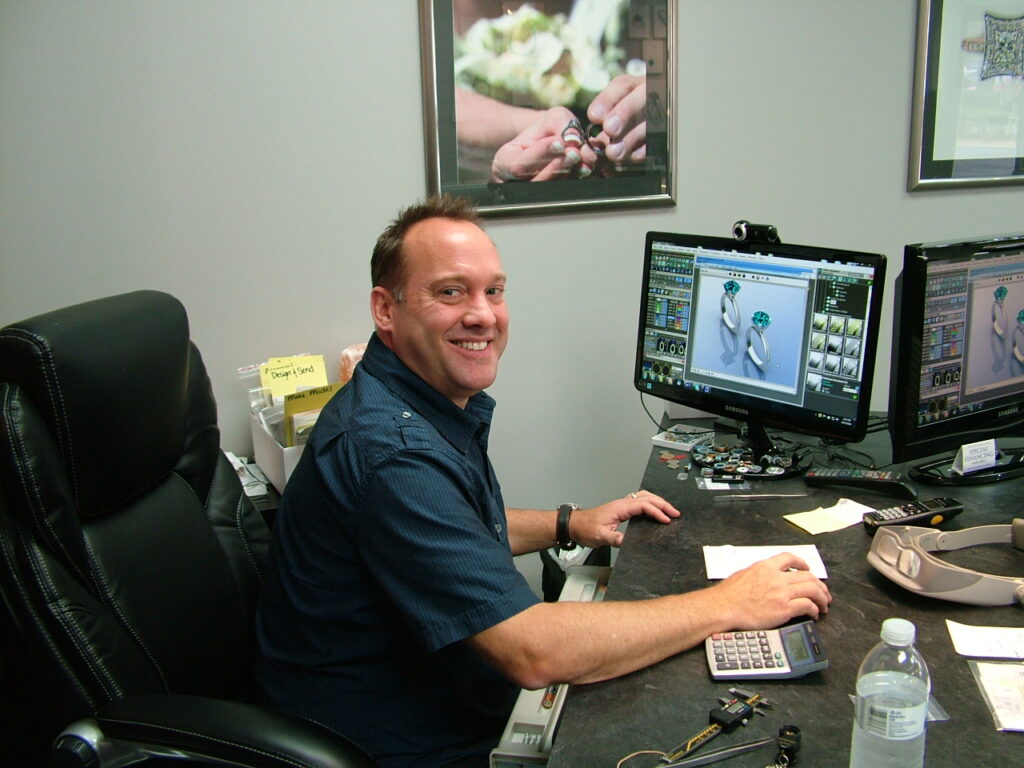
In addition, Scott’s completed the steps necessary to be an Accredited Retailer for Sustainability Rated Diamonds last year. We. Are. Committed!
Sustainable, affordable, and ethically sourced diamonds ARE possible…at Scott’s!